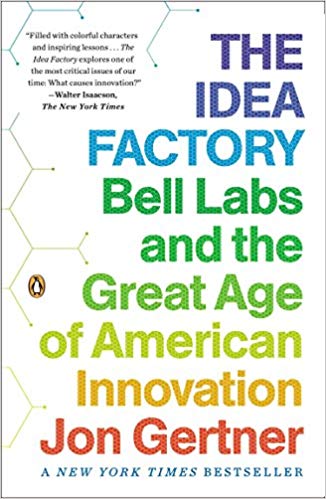Social Science and Environmental Policy
Every issue explores cutting-edge developments in technology, medicine, education, climate change, and much more. Articles provide in-depth analyses of science and technology’s impact on public policy, the economy, and society—bringing today’s best minds to bear on tomorrow’s most critical topics.
From the Hill
From the Hill – Summer 2012
R&D funding receives some good news amid major uncertainty Despite continuing calls from many in Congress to cut spending, the fiscal year (FY) 2013 appropriations process has generally been positive for a… Read More
Perspectives
Getting the Most Out of Electric Vehicle Subsidies
The electrification of passenger vehicles has the potential to address three of the most critical challenges of our time: Plug-in vehicles may produce fewer greenhouse gas emissions when powered by electricity instead… Read MoreU.S. Competitiveness: The Mexican Connection
A “giant sucking sound” was the memorable description made by presidential candidate Ross Perot during the 1992 campaign of the impact that the North American Free Trade Agreement (NAFTA) would have, as… Read More
Real Numbers
The Small Business Innovation Research Program
The Small Business Innovation Development Act of 1982 created the Small Business Innovation Research (SBIR) program to stimulate technological innovation, to use small businesses of 500 or fewer employees to meet federal… Read More
Features
Decision Support for Developing Energy Strategies
The United States clearly needs a new energy strategy. In fact, many industrialized nations are in the same position. But this raises an obvious question: What is an energy strategy? In our… Read MoreCommunicating Uncertainty: Fulfilling the Duty to Inform
Experts’ knowledge has little practical value unless its recipients know how sound it is. It may even have negative value if it induces unwarranted confidence or is so hesitant that other, overstated… Read MoreWhat Makes U.S. Energy Consumers Tick?
On October 6, 1997, during the runup to the Kyoto Protocol negotiations in Japan later that year, President William J. Clinton described barriers to the adoption of energy-efficient technologies at a White… Read MoreEight Questions for Drug Policy Research
Drug abuse—of licit and illicit drugs alike—is a big medical and social problem and attracts a substantial amount of research attention. But the most attractive and most easily fundable research topics are… Read MoreDecisionmaking, Transitions, and Resilient Futures
In early 2010, two major earthquakes hit the Western Hemisphere: a 7.0 magnitude quake southwest of Porte-au-Prince, Haiti (population 9.7 million), and an 8.8 temblor north of Concepción, Chile (population 17.1 million).… Read MoreValuing the Environment for Decisionmaking
Making thoughtful decisions about environmental challenges that involve wide-ranging and potentially irreversible consequences is of profound importance for current and future human wellbeing. How much and how fast should greenhouse gas emissions… Read MoreData Deluge and the Human Microbiome Project
A specter is haunting science: the specter of data overload. All the powers of the scientific establishment have entered into a holy alliance to exorcise this specter: the National Institutes of Health… Read More
Archives – Summer 2012
J. P. WILSON, The Academy by Moonlight, Oil on canvas, 28.25 x 34.25 inches, 1925. The Academy by Moonlight Draftsman James Perry Wilson (1889-1976) was an associate of architect Bertram Grosvenor… Read More

